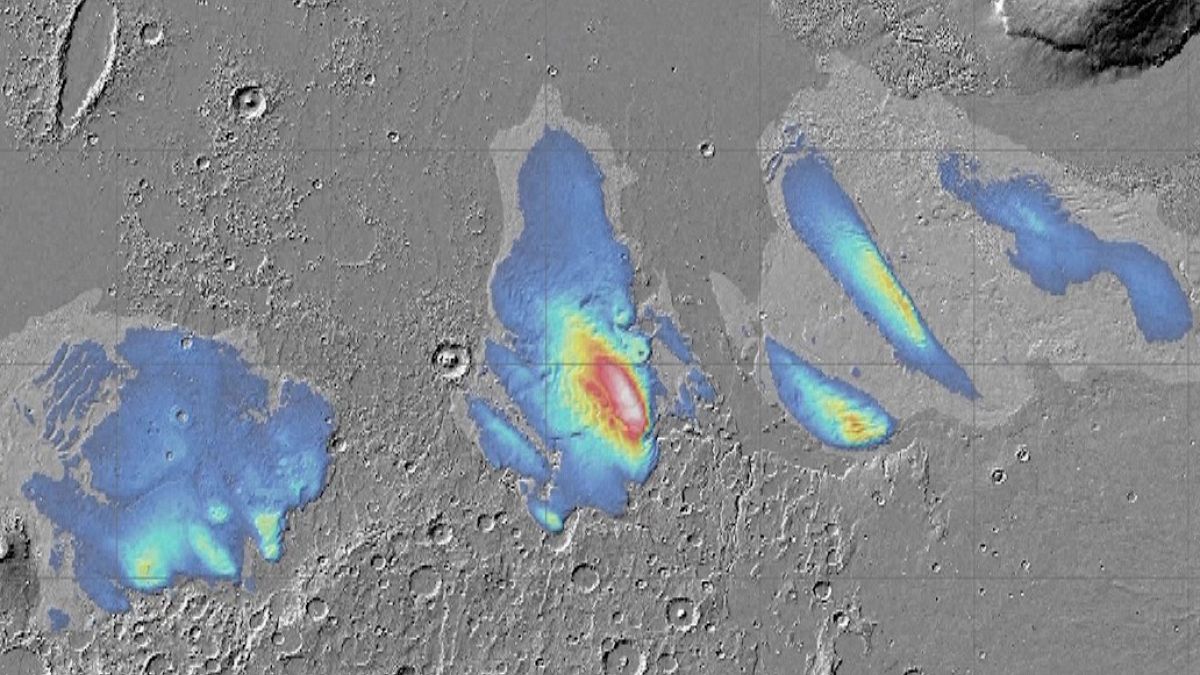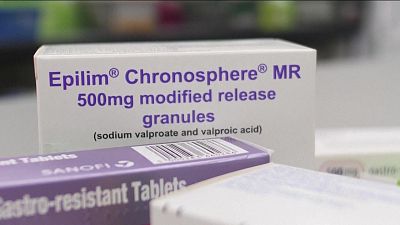The potential discovery suggests that Mars once looked very different from how it appears today and could once have sustained life.
Scientists operating Europe's Mars Express orbiter say it may have spotted huge ice water deposits below the surface of Mars.
It’s estimated that the deposits are around 3.7 kilometres thick, meaning that they could fill Earth's Red Sea if melted or cover the entirety of Mars in a layer of water about two metres deep.
The new findings suggest that Mars once looked very different to how it appears today, with glaciers, lakes, and river channels, according to scientists.
"We've seen evidence of glaciers, extinct glaciers which are no longer there, but also some glaciers covered with dust. Most of the water ice we've seen on Mars today is at higher latitudes, where the temperatures are colder and so the ice can be stable," said Colin Wilson, a project scientist at ESA.
"It's a testament to how much water there would have been on Mars in the past to amass piles of water ice several kilometres thick. That's a vast amount of water. So, we've seen the evidence of lots of water on the Martian surface in other places," Wilson added.
ESA’s Mars Express orbiter first confirmed the presence of ice on the Red Planet in 2004.
It discovered the deposits in 2007, but it wasn’t clear what they were made of -- perhaps giant accumulations of dust, volcanic ash or sediment.
In 2015, NASA also said Mars appears to have flowing streams of salty water.
"Today, we're revolutionising our understanding of this planet. Our rovers are finding that there's a lot more humidity in the air than we ever imagined," said Jim Green, NASA’s Director of Planetary Science, at a press conference.
Now, 15 years later, Mars Express’ new data suggests the deposits are actually layers of dust and ice.
Potential for future manned Mars missions
The ice water is located at its equator, not at its poles, which surprised scientists.
"We don't expect to see a polar ice cap at the equator," said Wilson.
"It's as ludicrous on Mars as it would be on Earth, but that's what the data are telling us, saying it does look like that".
This excited scientists about the potential of human exploration missions.
Given that Mars is a cold planet, between 20C and -153C, according to NASA, finding water ice in low latitudes instead of polar regions would have made human exploration missions easier.
"One of the reasons we were excited about finding water ice at low latitudes is that that is where future exploration missions, in particular human exploration missions, are going to have to land for reasons of orbital mechanics and also power availability," said Wilson.
The layers of dust and ice are topped with a protective layer of dust or ash several hundred metres thick.
"However, if it's 300 metres down, that's not very helpful for exploration goals. Unfortunately, this probably won't be the answer to our human exploration needs," Wilson added.
Europe's Mars Express probe departed Earth in June 2003 and arrived at Mars in December 2003. It recently marked two decades studying the Red Planet.
For more on this story, watch the video in the media player above.



